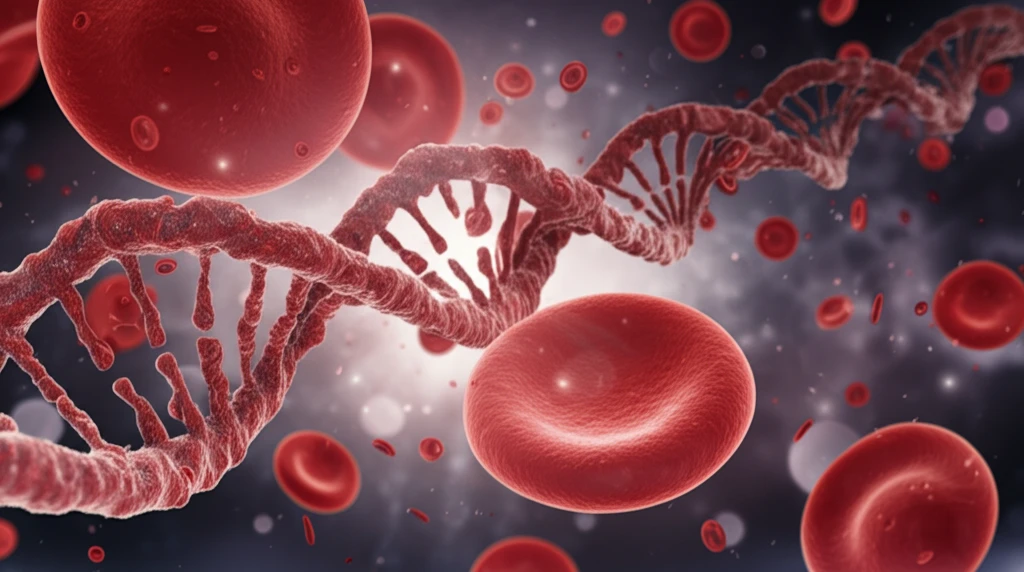
Decoding May-Hegglin Anomaly: Understanding the Rare Blood Disorder
"Delving into the genetic mutations, symptoms, and management of May-Hegglin Anomaly, a rare blood condition impacting platelet production and function."
May-Hegglin Anomaly (MHA) is a rare genetic blood disorder characterized primarily by thrombocytopenia (a reduced number of platelets in the blood), abnormally large platelets, and the presence of Döhle-like bodies in white blood cells. Understanding this condition is crucial for proper diagnosis and management, as its subtle symptoms often lead to misdiagnosis or delayed treatment.
Platelets, also known as thrombocytes, are essential for blood clotting. When blood vessels are injured, platelets clump together to form a plug, stopping the bleeding. In individuals with MHA, the reduced number and abnormal size of platelets can lead to bleeding tendencies.
This article aims to provide a comprehensive overview of May-Hegglin Anomaly, covering its genetic basis, clinical manifestations, diagnostic approaches, and current treatment options. By shedding light on this rare condition, we hope to empower individuals, families, and healthcare professionals with the knowledge needed to navigate its complexities.
The Genetics of May-Hegglin Anomaly

May-Hegglin Anomaly is caused by mutations in the MYH9 gene, which provides instructions for producing a protein called non-muscle myosin heavy chain IIa. This protein is essential for the proper function of platelets and white blood cells. Mutations in MYH9 disrupt the structure and function of myosin, leading to the characteristic features of MHA.
- Fechtner syndrome
- Sebastian syndrome
- Epstein syndrome
Living with May-Hegglin Anomaly: Management and Outlook
While there is no cure for May-Hegglin Anomaly, most individuals with the condition lead relatively normal lives with proper management. Regular monitoring of platelet counts is essential to assess the risk of bleeding complications. In cases of severe thrombocytopenia or significant bleeding episodes, treatments such as platelet transfusions may be necessary. Supportive care, including avoiding activities that could lead to injury and managing any associated symptoms, can also improve the quality of life for individuals with MHA. Genetic counseling is recommended for families affected by MHA to understand the inheritance pattern and assess the risk of future offspring inheriting the condition.
